This article will cover SQL Server transaction log architecture including file topography, basic overview, review of LSN and MinLSN, and log truncation




This article will cover SQL Server transaction log architecture including file topography, basic overview, review of LSN and MinLSN, and log truncation

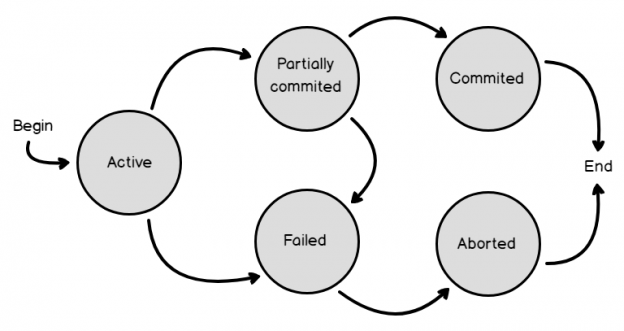
In general, a Transaction is a single unit of work consists of multiple related tasks that should succeed or fail as one atomic unit. To make the concept of the transaction more familiar and why it should go all or none, imagine one of the most critical transaction examples in our daily life, which is withdrawing money from the ATM.
Read more »
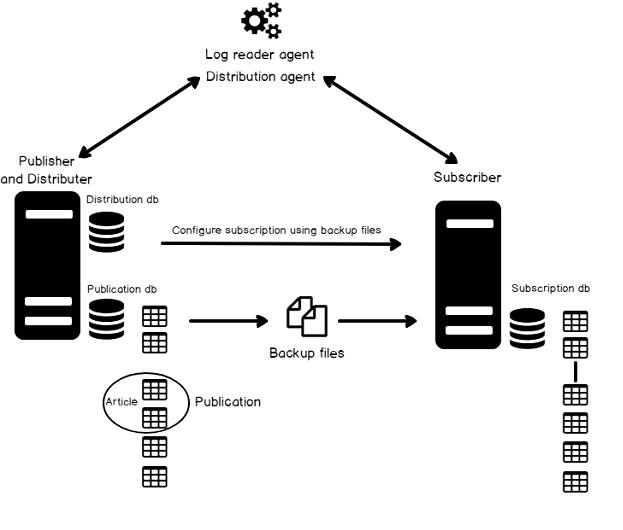
A workload management is considered as a critical aspect of SQL Server transactional replication. Replication is the oldest of the high availability technologies in SQL Server and it is available since the inception of SQL Server. As a very mature technology, SQL Server transactional replication is also very robust and, in most cases, very straightforward to set up and manage.
Read more »

This is article is a continuation of the previous: SQL Server replication: Overview of components and topography.
By now, you’re familiar with the components of replication. So far, we’ve seen a lot of theory about replication. It’s a time for practical walkthrough of setting up a basic transactional SQL Replication system. The best way to get a feel for how SQL Replication is implemented and how it works is to see it in action.
Read more »
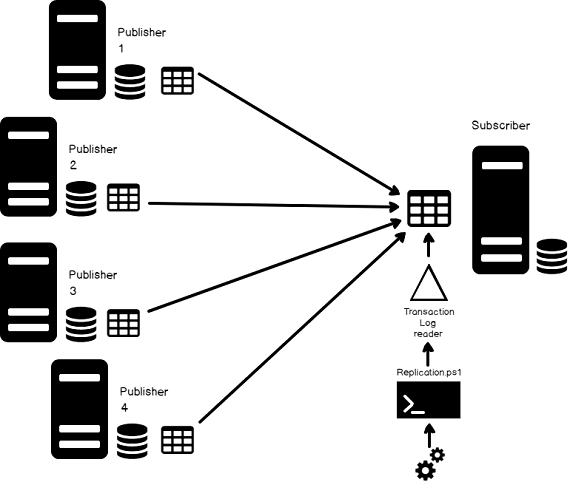
In this data-driven era, replication is often a critical requirement for achieving a modern, agile database management environment. It is believed designing an enterprise-grade dataset is the to achieving this requirement but building datamarts from datasets always presents certain challenges
In this article, we’ll discuss what it takes to setup “central subscriber with multiple publishers” replication model, to create an aggregate dataset from multiple sources, and you’ll also see how to scale with the data.
Read more »
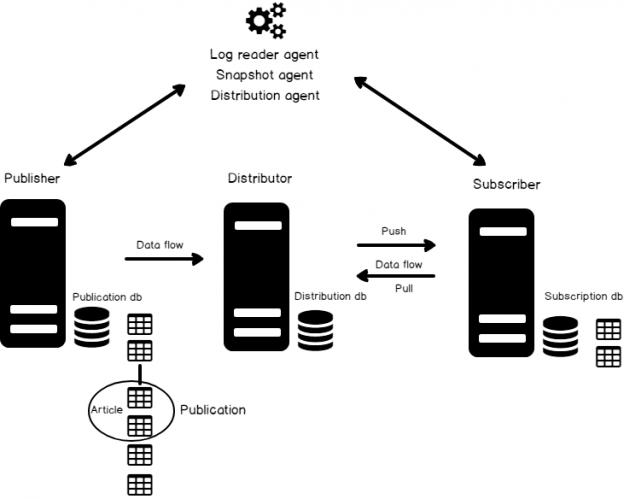
The volume of data retained, managed, and accessed today is unprecedented. Businesses expect the IT department to keep data online and accessible indefinitely, putting intense pressure on the databases required to store and manage it. To meet today’s needs; we need to replace outdated and inefficient legacy processes with new, more agile techniques. SQL Server Replication is one of the techniques to accommodate such demands.
Read more »
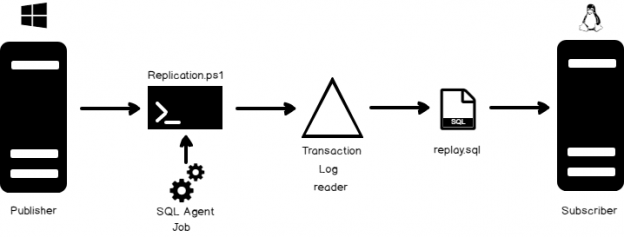
In most cases, an organization can either use the existing out-of-the-box database replication features offered by their database software provider or invest in custom solutions to execute and manage database replication processes. The latter option sometimes allows greater flexibility to create data replicas across multiple types on multiple platforms.
Read more »
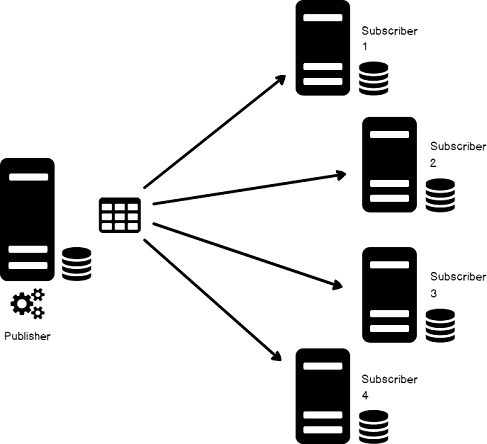
In this article, you’ll learn how to setup a simple, custom distributed database replication system.
In general, a typical setup of transactional replication model of a central publisher with multiple subscribers includes the creation of a replica database(s) which may serve multiple purposes including:
Read more »
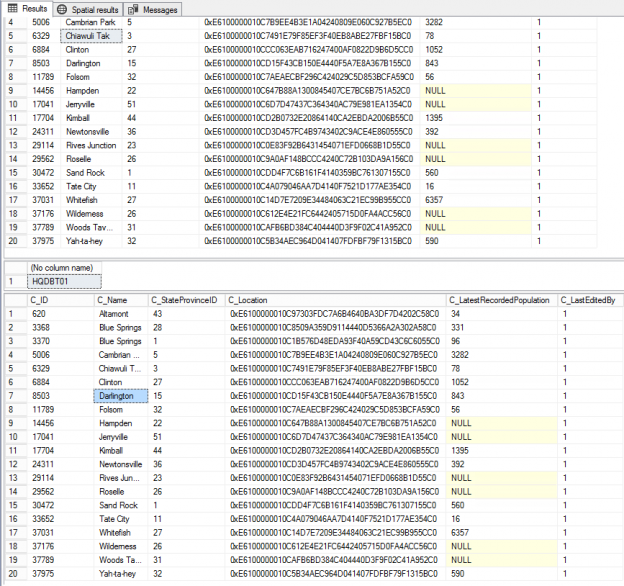
This article discusses the challenges of meeting the availability, and performance requirements of high ended transactional replication environments. In addition, you’ll learn a new innovative approach that can be used to add/drop articles from an existing replication environment while maintaining replication system up and running.
Read more »
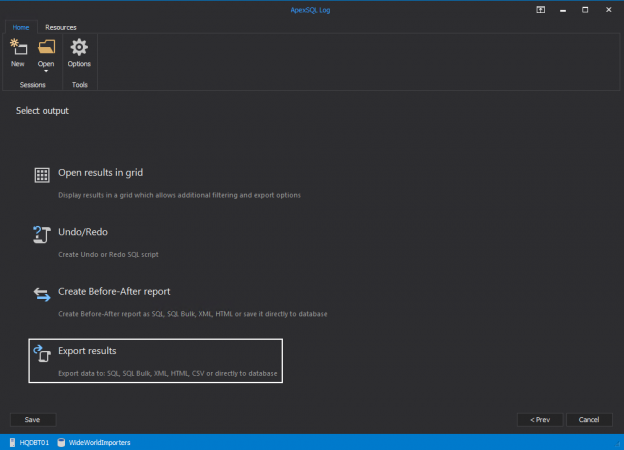
Business transformation requires solid tools to automate complex integration to seamless deployments. In today’s modern data-rich world, nothing is more important than data management, making it critical to know how to safeguard and meet compliance requirement is very critical and the key to the business success.
Read more »
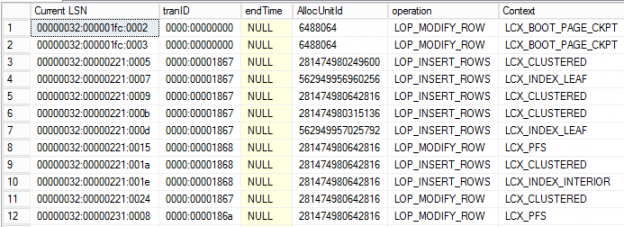
In this article, we’ll discuss how to read SQL Server transaction logs. This article should provide and insight into how the workload is being captured in the transaction log files. We are going to see how to get the transaction meta-data details and the history of the data will give us a clear idea of how the system is working and helps to decide peak usage hours, also helps to log information about who is doing what?
Read more »
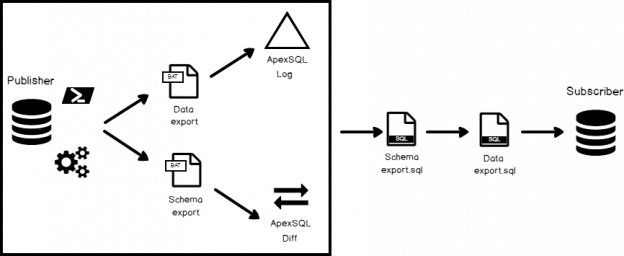
In the article How to setup SQL Server database replication for reporting Server we discussed all about setting up a simple SQL Server transactional replication environment. In this article, we’ll simulate a more robust system that replicates faster and includes both DDL and DML statements. We’ll walk-through the steps to setup a dynamic transactional replication.
Read more »
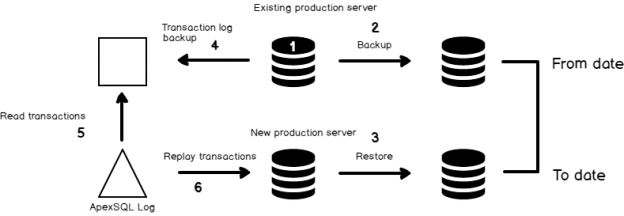
The growing importance and complexity of data migration, in an era of exploding data volumes and ever-changing business requirements, means that old approaches will no longer get the job done. We are in a world where everything needs to run instantly. Every Database Administrator or Developer would have definitely heard about database migrations with zero downtime and with zero data loss.
Read more »
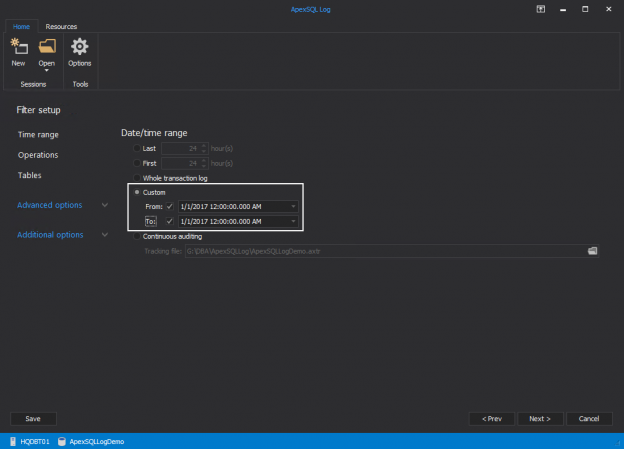
In this article, you’ll see how to simulate production loads on a test server with a “record and replay” type situation using the transaction log, batch scripting, PowerShell and a SQL Server agent job.
We’ll be walking through the scenario in the following steps

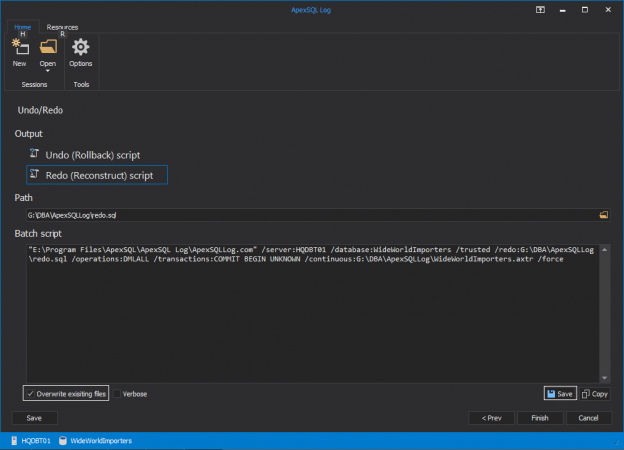
In this article, we’ll discuss the purpose of database replication and show how you can implement Replication using ApexSQL Log, a SQL Server transaction log reader.
Read more »
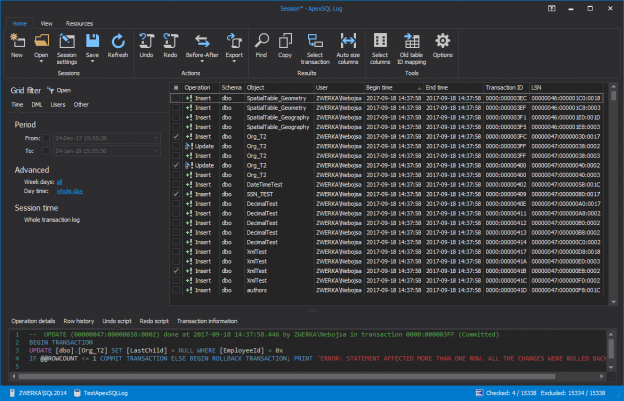
The SQL Server transaction log is akin to a ‘Black box’ in an airliner. It contains all of the records of transactions made against a database. This information is a proverbial goldmine for database audits, recoveries etc but it was never meant to be exposed to end users let alone visualized in an easy to read manner nor used for DBA tasks. As such, utilizing this information can be a challenge, to say the least.
Read more »

Data replication has been around for many decades. There are two primary types of data replication, logical and physical. This article covers a high-level view of logical replication, the differences between logical and physical replication, and the specifics of SQL Server transactional replication.
Read more »
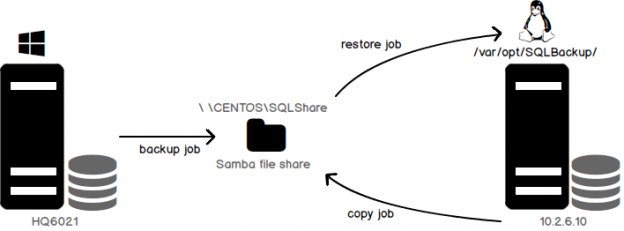
Log shipping is a high-availability configuration that perhaps most of us are familiar with. It’s one of the oldest techniques wherein we ship transaction logs from a Primary database to a Secondary database. Log Shipping is still a vital feature used in case of applications that use warm standby for Disaster Recovery. We can see many articles which discuss the process of configuring Log shipping using T-SQL or SSMS.
Read more »
Microsoft SQL Server has many important features when it comes to file structures. Generally speaking, DBAs often ignore file structures and growth configurations. More specifically, the SQL Server Log files are often left at default values and never touched, even when they begin to cause problems caused. These Log files are important and critical part of the database, especially when it comes to large systems.
Read more »
SQL Server databases consist of two physical files types; the data file in which the data and the database objects such as tables and indexes are stored, and the transaction log file in which SQL Server stores records for all transactions performed on that database.
Read more »
SQL Server keeps track of all database modifications and every database transaction. This is done in a file called the transaction log or TLOG. This transaction log is particular to a SQL Server database and there is, at least, one transaction log per SQL Server database.
As explained on MSDN, the transaction log is a critical component of the database and, if there is a system failure, the transaction log might be required to bring your database back to a consistent state. The transaction log should never be deleted or moved unless you fully understand the ramifications of doing this.
Read more »
Nowadays many customers are spread globally and need to manage the requirement for users to connect from/to any location, perform an activity (insert, update, delete), and the databases should be kept synchronized across multiple sites.
Read more »
If an environment chooses to use snapshot or transactional replication, one useful exercise is to ask the technical end user (or client) what they think replication does. If you have access to a white board, you can even ask them to demonstrate what they think replication will do for their data. Generally, these technical end users will plot something similar to the below image, where we see a table with data being copied to another table with data.
Read more »
SQL Server replication is a relatively old high-availability solution part of the Microsoft world. In fact, there have not been any significant changes to this solution in the recent versions SQL versions, but it is still a widespread mechanism for distributing objects from one database to another and synchronize them. Replication is very useful when you have remote and mobile users accessing your data. Let’s cut to the chase and give you more details about our specific case. 🙂
Read more »
It has been a while since the last transaction log article has been published, so I hope you do remember where this series is heading to. In the former posts, we have examined the Log Structure and Write-Ahead Algorithm (part 1) and the Top Reasons for Log Performance Problems (part 2). Taking into consideration this knowledge, we will review some best-practices for transaction log configuration in order to decrease the chance of experiencing log bottlenecks.
Read more »© Quest Software Inc. ALL RIGHTS RESERVED. | GDPR | Terms of Use | Privacy